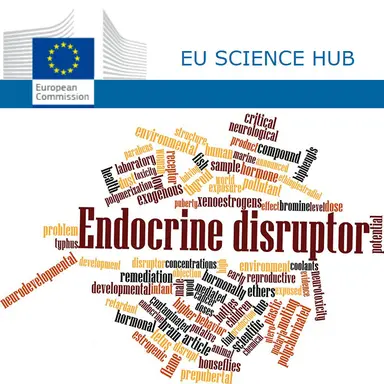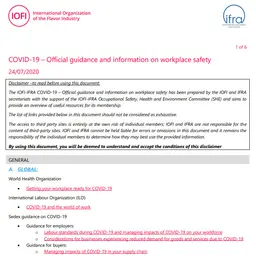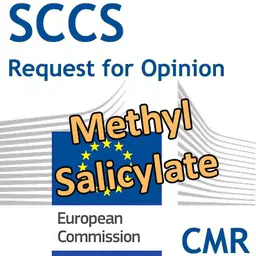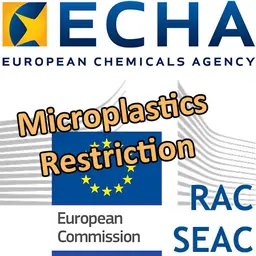
The Fitness Check on endocrine disruptors was published together with the European Commission’s Communication on its “Sustainable Chemicals Strategy”. On 29 October, the JRC (European Joint Research Centre) proposed a summary of its conclusions, which pleads for a consolidation of the different regulations and an improvement of testing. The case of cosmetic products is widely referred to in this report.
“Endocrine disruptors are chemical substances that cause adverse effects by interfering with the hormonal (endocrine) system,’ the JRC recalls in its statement. “Our exposure to them can occur from different sources, such as food, cosmetics, packaging and toys.”
The Fitness Check evaluated whether relevant EU laws deliver on their objectives to minimise exposure of people and the environment to endocrine disrupting substances. It also evaluated whether the relevant laws work in a coherent way.
Conclusions
• Although there were no cases of inconsistent identification of endocrine disrupting substances across legislation, differences in risk management approaches were evident
• The principles guiding risk management of these substances should be consolidated across legislation and better communicated to stakeholders
• There is a need for a horizontal approach to identifying endocrine disruptors across different sectorial legislation that builds on the World Health Organization (WHO) definition and on the criteria already developed for pesticides and biocides; • There is a need to review and strengthen information requirements on endocrine disruptors to aid their identification, including their potential effects on vulnerable groups
• No conclusions could be drawn regarding the effectiveness of legislation in protecting against the adverse effects of endocrine disruptors. Future research should …













